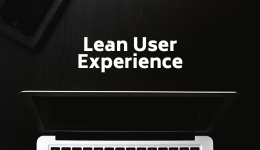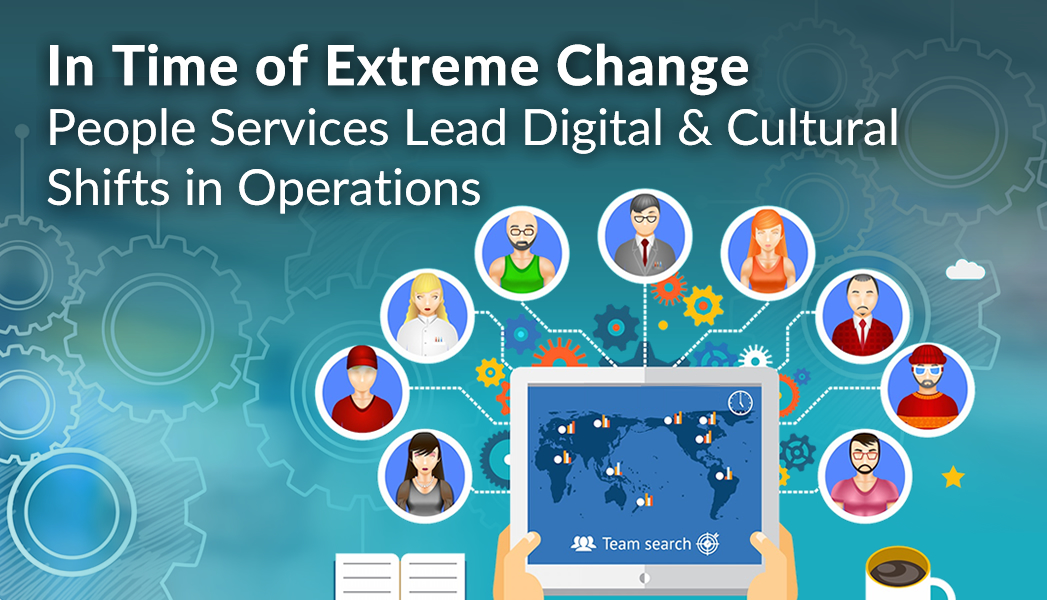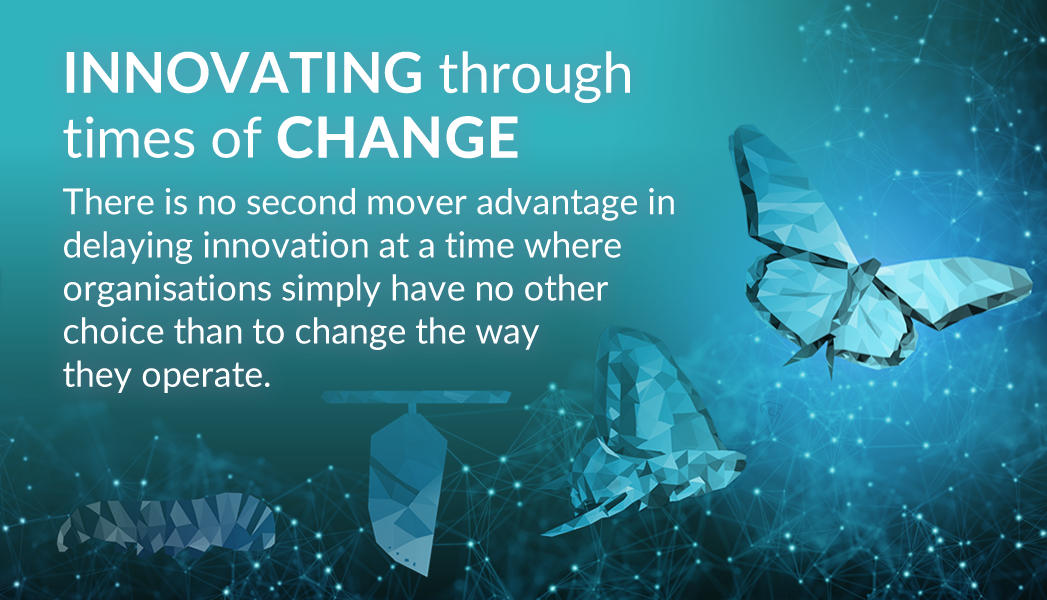
We are in an era where enterprise data has become the lifeblood of every business. The data that enterprises collect often fuels decision-making, enables innovation, and drives operational efficiency. With the advent of big data, cloud computing, and data analytics, every enterprise is focusing on accumulating and processing vast amounts of data and sensitive information. These data spans like financial records, intellectual property, personal data, and proprietary business insights.
Since different enterprises store vast amounts of data for AI modeling, data analytics, and other business intelligence purposes, this increases the risk of data misuse, leakage, or unauthorized access. Traditional security mechanisms rely heavily on perimeter defenses, broader access privileges, and heuristic techniques. They are no longer sufficient and precise for modern attack vectors. To handle today’s distributed, cloud-centric, and collaborative data-steered business environment, enterprises need a more nuanced approach: granular permissions and access controls.
This article takes you through a complete journey of why and how enterprises configure granular permissions and precise access control mechanisms to handle volumetric data in this hyper connected data world. We will discuss enterprise data security; understand granular access control, and how data access management works at the enterprise level. The article will also highlight role-based access control (RBAC) & attribute-based access control (ABAC), along with the best practices enterprises need for protecting sensitive enterprise data & setting robust access permissions in the enterprise ecosystem.
Understanding Enterprise Data Security
Enterprise data security is a strategic initiative through technologies, best practices, and policies. It helps safeguard enterprise data throughout the entire data lifecycle, from collection and mining to storage and analysis till destruction. Enterprises are leveraging various tools and policies to protect their data against external cybercriminals and internal threats. The core principle of securing enterprise data lies in two major things: the CIA Triad (Confidentiality, Integrity, and Availability) and enabling secure access for maximum utilization. Enterprise data security also focuses on key pillars such as:
Data governance to implement sensitivity on data and classification to apply security policies and classify data (public, internal, confidential, restricted, etc.).
Data loss prevention (DLP) protects data from contamination through attacks such as ransomware or malware. It also prevents the sharing of sensitive information via email or the cloud.
Data encryption and tokenization to protect data at rest (within the cloud or databases) and in transit (while traveling over the network).
Threat detection and monitoring with SIEM and UBA to proactively prevent data breaches by detecting anomalies in real-time.
Granular Access Control to Enterprise Data for Security
Granular access control focuses on micro-level access restrictions on enterprise data. It utilizes role-based permissions with a periodic policy check to establish context-aware, fine-tuned, least-privileged regulations for sensitive information, without hindering productivity. Enterprises follow a series of steps to apply granular access control to enterprise data.
1. The preliminary step is to start with data discovery. Security professionals look for data across databases, cloud storage, apps, and endpoint devices using data discovery tools.
2. Then, they identify sensitive data such as customer PII, financial data, and intellectual property to classify these data as public, internal, confidential, highly confidential, or restricted.
3. As the data classification is ready, they determine who can access what data. They set the restrictions using least privilege principles to implement granular data security and policies for files, folders, rows, or columns in directories or databases.
4. Then comes the intricate part of choosing the exact access control model or access permission in enterprise. We should understand which model to opt for our enterprise data security. Each model has its own benefits.
5. Role-Based Access Control (RBAC) assigns permissions based on designations and roles that we employees have. It is easy to implement.
6. Attribute-Based Access Control (ABAC) is another access control model that utilizes user attributes, resource sensitivity levels, and environmental conditions (such as login location, device security, log time, etc.). It is efficient for granular control.
7. Policy-Based Access Control (PBAC) also allows us to set centralized policies for evaluating multiple conditions dynamically using tools and programming languages like XACML.
8. As the enterprise prepares the access control model and list, they should establish the risk-based authentication and multi-factor authentication.
All powerful integrations and tools have security limits from a general standpoint. That is where we need to manually add fine-grained configurations and controls across various enterprise systems and environments. For databases, enterprises can mask sensitive fields dynamically, such as displaying the last four digits of phone numbers or SSNs.
As modern enterprises are hard-binded with cloud, configuring IAM policies and Cloud Access Security Brokers (CASBs) are essential for various levels of security and SaaS visibility. Security professionals should also remain vigilant, securing external integrations with APIs using OAuth2.0, JWTs, and fine-grained scopes. Applying per-method permissions instead of full API access is another granular-level security measure enterprises should pay attention to.
Data Access Management
Data access management plays a crucial role in determining who can access enterprise data, for what purpose, and under what conditions. With data access management, we can ensure that all sensitive information is accessible to authorized users while maintaining privacy and security compliance. Data access management becomes effective by defining policies based on least privilege principles and leveraging solutions like Identity and Access Management (IAM) tools, & AI solutions that can monitor and audit granular changes and configurations (for unauthorized or suspicious behavior) in real-time. By combining automation, real-time analytics, and access controls, Data Access Management strengthens any enterprise’s overall data security posture.
Role-based Access Control (RBAC) | Attribute-based Access Control (ABAC) |
In this access control model, users get access based on predefined roles assigned to them. | In this access control model, users can gain access based on attributes of users, resources, and the environment. |
It is less flexible because we have to update the roles manually. | It is highly flexible as it can dynamically adapt to the attributes and contexts. |
Here, the access control structure is hierarchical: Roles → Permissions → Users. Once the enterprise defines a role, all users under that role inherit the same permissions. | Here, the access control structure operates on logical rules evaluated by various attributes. Access is granted only if all specific policy conditions are met. |
Since it provides permission based on roles, it offers coarse-grained access control. Therefore, it is slightly less effective in terms of security for the individual-level context. | It provides permission at a granular level depending on detailed attributes and evaluations, offering more fine-grained access control. Therefore, it is more effective in terms of security for the individual-level context. |
Auditing these access policies is easy, and compliance reporting becomes straightforward. | Auditing these access policies needs detailed audit trails. Also, compliance reporting is intricate. |
Data Security Best Practices
Protecting sensitive enterprise data requires more than just setting up access controls, device and user-level permissions, and security policies. We should also pay attention to different best practices to ensure that enterprise data remains resilient, a trust-centric digital ecosystem where sensitive data is safe, compliant, and readily available for legitimate use.
Data encryption: Encrypting all data at rest or in transit, using modern encryption standards such as AES-256 and TLS 1.3, is essential. Again, leveraging rotated encryption keys and storing them using hardware security modules (HSMs) can foster confidentiality.
Data Inventory and Classification: Another best practice is to catalog all our data to understand what we have, where it is stored, and its sensitivity level. It helps summarize all the enterprise data at a granular level.
Regular security audits: Enterprises that hold volumetric data should conduct periodic audits and security checks to identify misconfiguration, policy mismatches, and vulnerabilities across systems. PromptX offers excellent features like traceable AI and automated audit trails. It enables easy switching between different LLMs and third-party integrations.
Backup all data and test recovery plans: Frequent data backups help prevent enterprise data from ransomware attacks, accidental deletion, and corruption. However, it is equally vital for security experts to test various backup and recovery procedures to ensure emergency restoration at the time of natural or artificial disasters.
Trust less, check constantly: Enterprises should protect their data through the Zero Trust Security (ZTS) principle. ZTS ensures no entity (device, user, or service) becomes automatically trustworthy and demands continuous verification based on identity, device, location, and behavior.
Privilege protection: Enterprises should run on the least privilege and access framework using Privilege Access Management (PAM) tools at a granular level. It helps the system grant the minimum access necessary to perform the job, potentially limiting accounts from getting compromised and insider threats.
Using AI/ML tools: Enterprises should also utilize artificial intelligence and machine learning tools to predict threats and illicit activities at every user/individual level. It will help protect enterprise data, network, apps, and servers proactively in real-time. Tools like PromptX can offer flexible AI model configuration and enhance tag management.
Conclusion
We hope this article provided a 360-degree overview of how to safeguard enterprise data at a granular level. Enterprise data security is more than defending against cybercriminals and breaches. Modern enterprises are having a dual challenge of enabling seamless collaboration across distributed ecosystems while protecting sensitive data against increasingly sophisticated threats. With granular permission and access control mechanisms, security professionals can regulate access, align compliance, and prevent data breaches while adapting to a complex digital ecosystem for seamless data usability.
PromptX is an excellent AI-powered tool that offers role-based access and retrieval features, with prompt safety controls aligned with global compliance.









